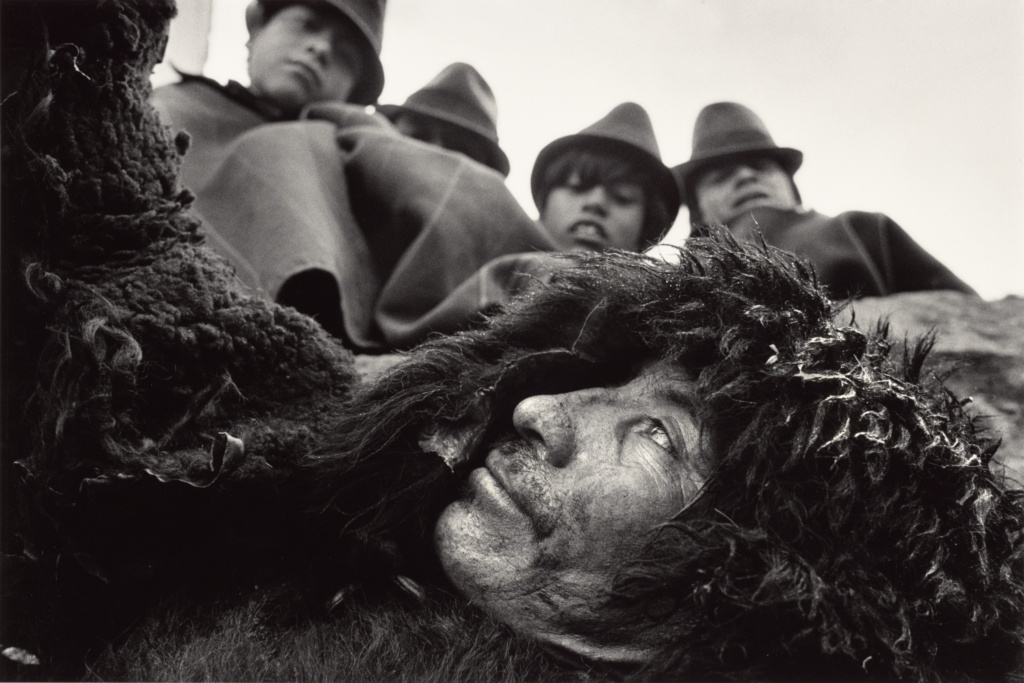Known as a social photographer or photojournalist, Sebastião Salgad is much more. His legacy extends beyond photography, stirring consciences and reversing forestry.
He is, without a doubt, a great photographer whose images have gone around the world, leaving us breathless, both for their beauty and their harshness.
Today we are going to meet this fantastic photographer to understand his work a little better and discover everything he is capable of teaching us.
SEBASTIÃO SALGADO: BIOGRAPHY
Sebastião Salgado , was born on February 8, 1944 in Aimorés, Minas Gerais of Brazil and grew up, along with his seven sisters, among vast Atlantic jungles.
According to his father, he was a bohemian and traveling boy, just like his grandfather had been, and had little interest in studies.
Forced by his father, who called him Tião, he began to study Law, however, he abandoned these studies for Economics, a career he studied at the University of São Paulo and at the University of Venderbit (USA) and that, somehow , later marked his work as a photographer.
He had left the farm where he grew up at the age of 15 to study in Vitoria. There he met Lélia Deluiz Wanick, a music student with whom he fell in love and with whom he moved to Sao Paulo because he obtained a scholarship. There they got married.

Fleeing from the threat that the dictatorship of their country exerted on their freedom and security due to their participation in left-wing movements, the Salgados moved to Paris, where he obtained a doctorate from the National School of Economic Statistics.
Meanwhile, Lélia was studying architecture. To photograph her work, he acquired a camera, a gesture that would mark their lives forever, although they did not know it yet.
Sebastião started working in the administration of the OIC (International Coffee Organization) for which they moved to London. Hoping to make a career at the World Bank, he made several trips to Africa to study development projects. From these trips to which he took Lélia's camera, he returned loaded with photographs that satisfied him much more than the economic reports he produced.
This fact caused the couple to make a brave decision: Sebastião had to abandon his career as an economist and start from scratch as a photographer.
Thus, they returned to Paris where they invested everything in photographic equipment. For a time he did different types of work, from weddings to portraits, until discovering that his true vocation was elsewhere.
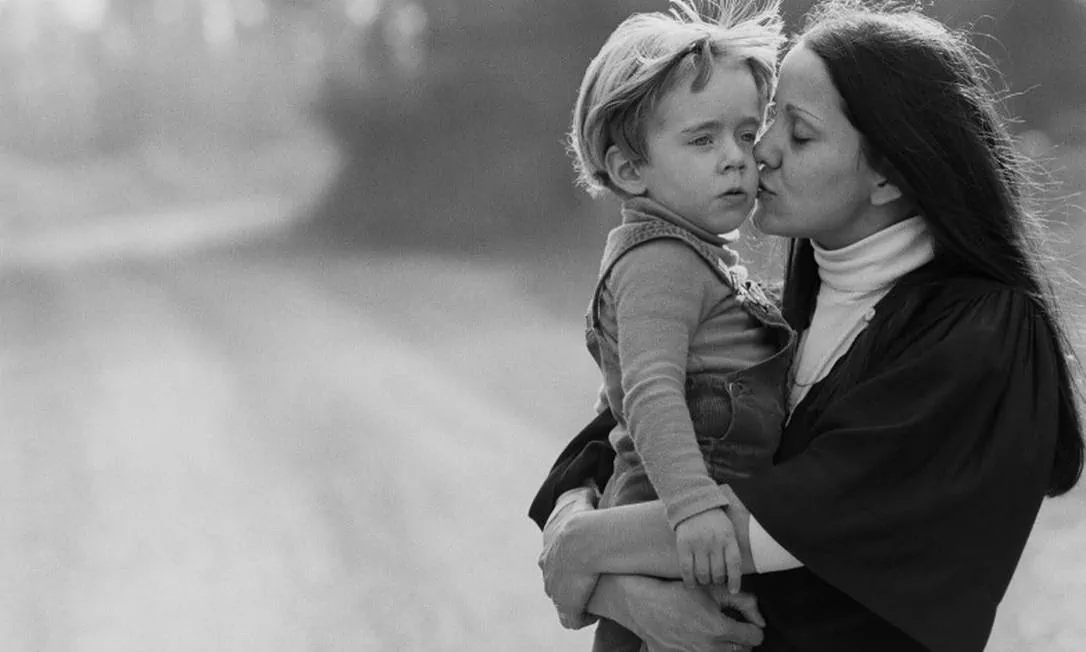
In 1974, in Paris, their first child, Juliano, was born. Lèlia dedicated herself to taking care of her son and supporting her husband's work. She spread it to newspapers, magazines and agencies. Once some of these publications had an outstanding relevance, they conceived their first great photographic project: Other Americas , which took Sebastião all over South America. When he returned from his trips, together with Lélia, he did the editing work.
In 1979 her second son, Rodrigo, was born and some time later, Lélia returned with her little ones to Brazil for the first time after her exile. The dictatorship had ended.
Salgado joined them soon after and was able to reunite with his entire family after so many years away from his native country.
Following his traveling spirit, he wanted to travel around the country and immersed himself for six months in the northeast of Brazil, a place he did not know but had always dreamed of.
Upon his return, he was shocked to find that the place where he had grown up in his childhood had nothing to do with what he had left years ago.
Even so, everything he experienced in his last trips had marked him so much that he felt the need to leave again, his work as a photographer had acquired a new meaning and his family, once again, supported him.
Then came his collaboration with Doctors Without Borders in the Sahel. After the publication of Other Americas and Sahel, the end of the road , his career as a photographer took hold and his name spread throughout the rest of the world, with no turning back. One of the great photographers of the century was born.
In his career as a photographer he began working for the Sygma agency, in 1974, a year later he joined Gamma, based in Paris for. In 1979 he joined Magnum Photos and in 1994 he left the famous agency to create his own with his wife: Amazonas Images in Paris to represent his work.
After several years touring the most inhospitable corners of the planet and witnessing the fiercest human dramas, collected in various works (for example Exodus), he returned to his farm dejected.
The desolation of the land where she had grown up would have ended up sinking any other person, but the idea that Lélia had made everything change and she regained hope.
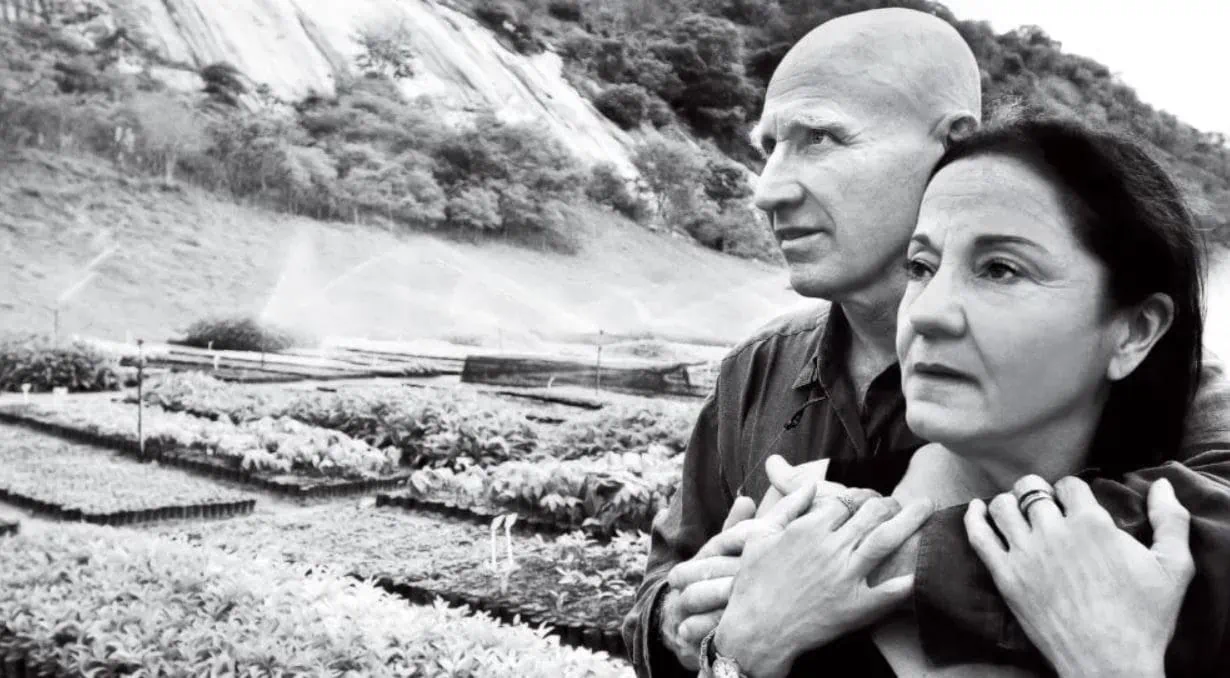
They decided to bring the trees back to the farm, end deforestation. In this way the Instituto Terra was born; the Salgado couple became the strongest defender of the reforestation of planet Earth; and Genesis emerged , the photographic project that returned Salgado to his origins and for which he traveled to some 32 countries photographing (still) virgin places whose beauty reminds us of how fragile our planet is and what we can lose if we do nothing to remedy it.
With this latest project, Salgado has not only stirred consciences and crossed the limits of the natural beauty of the Earth, he has also shown that he is not just a photojournalist or documentarian , but that his work as a landscape photographer , so different from what he used to photographing, is on a par with Ansel Adams himself.
"More than ever, I feel like there is only one human race. Beyond the differences of color, language, culture and possibilities, the feelings and reactions of each individual are identical.
Sebastiao Salgado
I recommend that you watch the documentary The Salt of the Earth if you want to know a little more about the life and work of Salgado.
SALGADO AWARDS
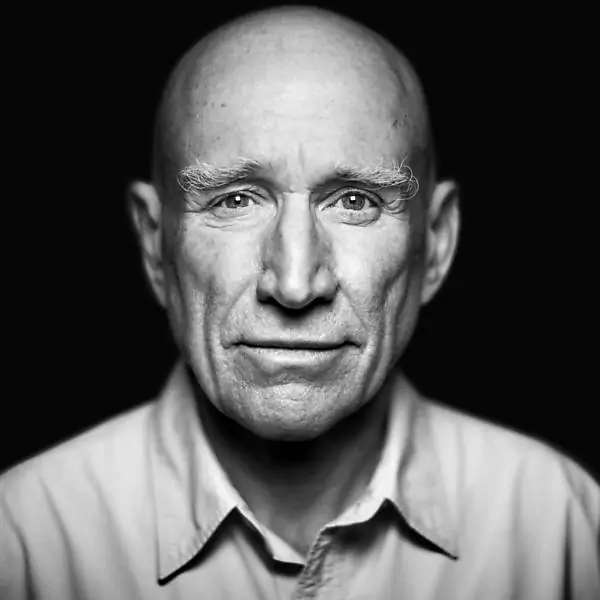
- 1982: W. Eugene Smith Grant Award
- 1985: Leica Oskar Barnack Award
- 1989: Hasselblad Foundation International Award
- 1992: Leica Oskar Barnack Award
- 1992: Foreign Honorary Member of the American Academy of Arts and Sciences
- 1993: Centenary Medal of the Royal Photographic Society (of the United Kingdom)
- 1993: Honorary Scholarship (HonFRPS) of the Royal Photographic Society (of the United Kingdom)
- 1994: Grand National Prize for Photography (Ministry of Culture, France)
- 1998: Prince of Asturias Award for the Arts (Spain)
- 2003: International Prize of the Photographic Society of Japan
- 2007: M2 Audience Award / elmundo.es M2 at PhotoEspaña
- 2019: Peace Prize of the German Book Trade
- 2021: World Economic Forum Crystal Award
- 2021: Praemium Imperiale of Japan
SALGADO'S WORK
Sebastião Salgado's images are not taken in a hurry, nor improvised. He needs his time to build both the story of an image and the discourse of a series, which can take several years. His work is cooked slowly, unhurriedly, with knowledge and dedication.
The work of this master of photography cannot be labeled with only two or three words, such as photojournalist or social photographer. It is so vast and with such an intense speech that those labels fall very short.
In her work there are overtones of economic, human, social, anthropological, denunciation, pain and above all, and incredibly, beauty and art where one could never imagine that someone would be capable of capturing it.
And that is one of his gifts. And as much as he has been criticized for that, I don't think that pain and beauty are at odds, much less in art.
And it is that he has criticized him for showing misery in a beautiful way, as if in some way it diminished importance or credibility. My humble opinion (who am I to question someone like Susan Sontag), is that if there is a photographer who has managed to face reality and put the pain in our guts, it has been Salgado.
I wonder if their images were not so beautiful, would they have transcended as they have? If Salgado's work wasn't so masterful, do you think he would have stood the test of time and touched so many people? I'm afraid not. And you only have to delve a little into his life to understand that there is a motivation in his work that goes far beyond economic benefit.
Leaving aside the controversy, and focusing on Salgado's work, we must say that he manages to make the viewer feel inside the image.
He masterfully composes with the elements he finds in the scene, he recreates the atmosphere like nobody else and has a handling of light that leaves you breathless. His technique is indisputable, his style unmistakable and his ability to arouse emotions worthy of admiration.

And speaking of emotions, his work goes like a scale of tones, from white to black. She is capable of causing you from the most immense pain with an image of human barbarities to the most absolute happiness with another scene of the wonders of our geography.
He has captured within our planet Earth both heaven and hell. With Salgado there are no half measures, neither in the speech, nor in the image. All or nothing. As he has done with the Terra Institute, take it from nothing to everything.
SALGADO'S WORK IN COLOR AND BLACK AND WHITE
Sebastião Salgado's work is mainly in black and white , he has made reports in color, but he even stated that he would not photograph in color again.
About his black and white photos, when asked in an interview "How do you photograph nature in black and white when it is not?" she replied that “Nothing is black and white. But it is a way of getting out of reality through abstraction. The fabulous thing about black and white, its power, is that we all have a tendency to replenish colors. In the infinite ranges of gray there is a representation of all colors.»
SALGADO'S MOST IMPORTANT WORKS
Some of Salgado's most important or best-known photographic projects are:
- Other Americas , the result of 8 years of numerous trips between the late 70's and early 80's through Latin America, during which he took a series of photographs on the continent and the durability of peasant and indigenous cultures. The book that he published on this project together with his wife immediately gained public recognition and brought him several awards.
- The gold mines , which he collects in his book Gold. When Salgado photographed Serra Peladathe gold rush was in full swing. To this day, the mines are closed, but what happened there went around the world thanks to this project.
- Exodus , six years documenting the history of human migration. Its protagonists: exiles, emigrants and refugees from 35 countries.
- Workers , which reflects the conditions of manual work throughout the world. Then I leave you with a documentary about this project:
- The fire in the Kuwait oil fields , the terrible human, environmental and economic catastrophe that occurred in 1991.
- Africa, 30 years of work in the place that gave him life as a photographer and that almost took it away.
- Genesis, eight years traveling to the ends of the planet is the tribute that Sebastião Salgado pays to our Earth, as he himself says “my love letter to nature” . With it, he seeks to provoke a reflection in humanity about the care of the planet and the need to protect it.
MOST FAMOUS PHOTOS OF SEBASTIÃO SALGADO
Although you have already seen several of his images, I will leave you with a gallery that includes some of the most famous photos of Sebastião Salgado. Notice that some of them may hurt the sensitivity of some people:
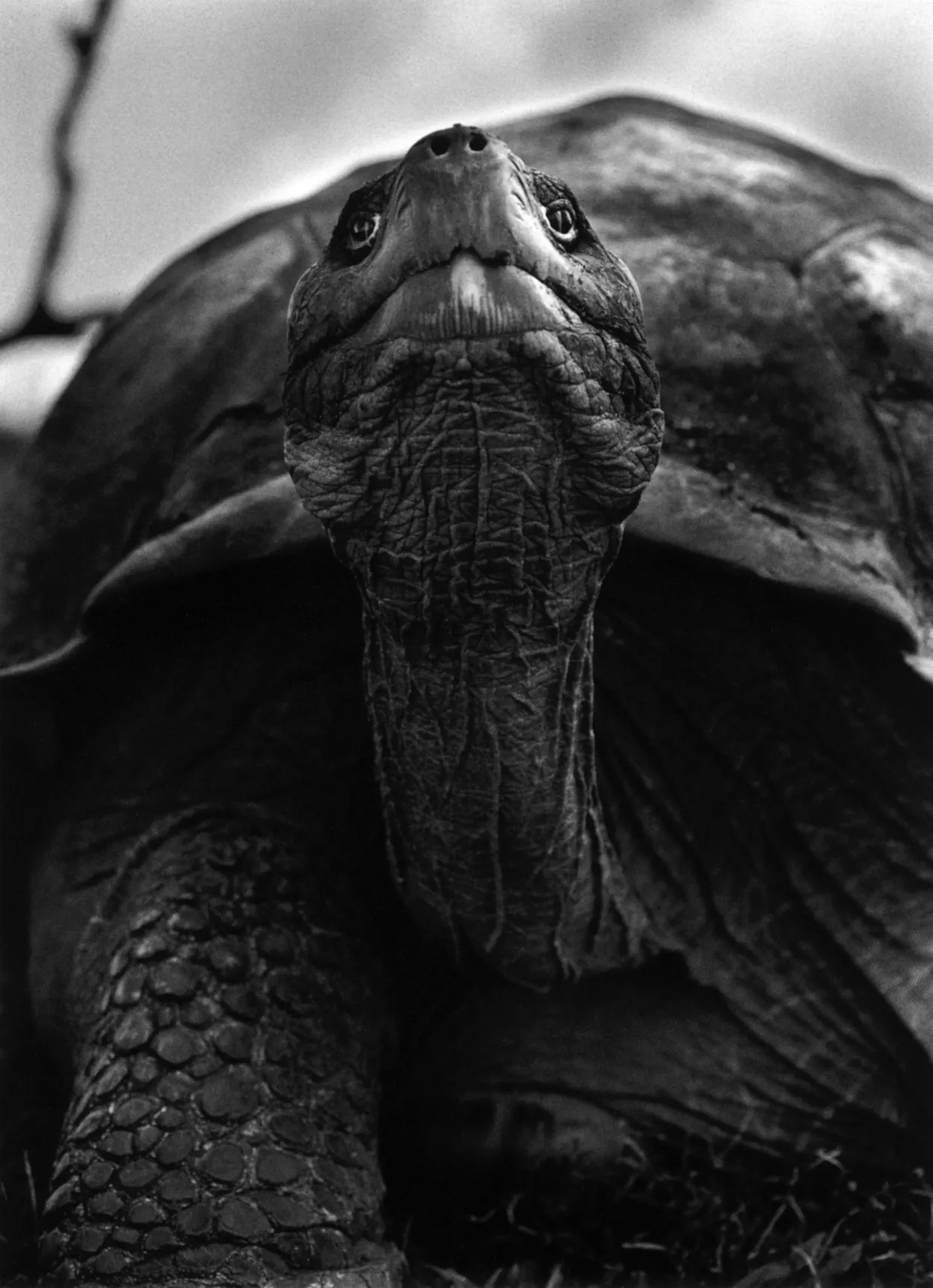
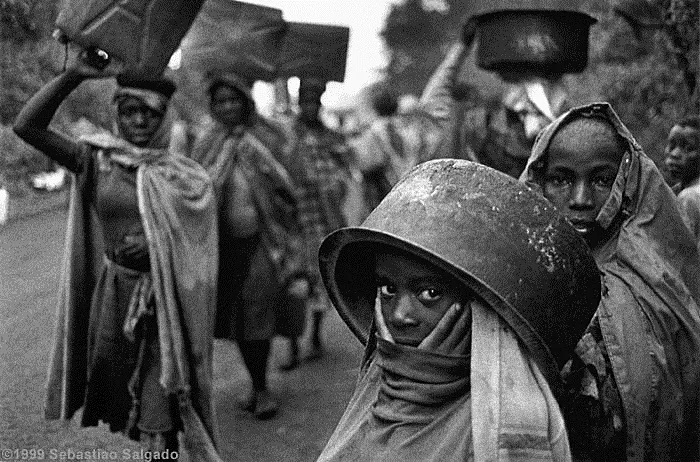
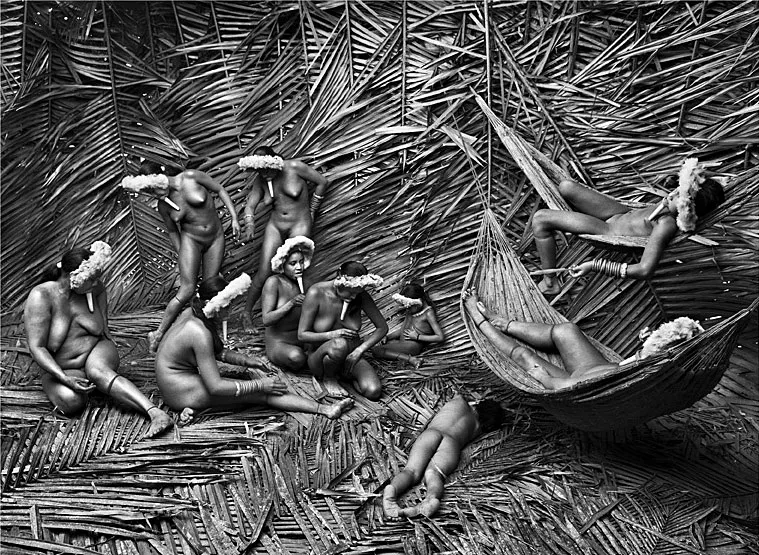
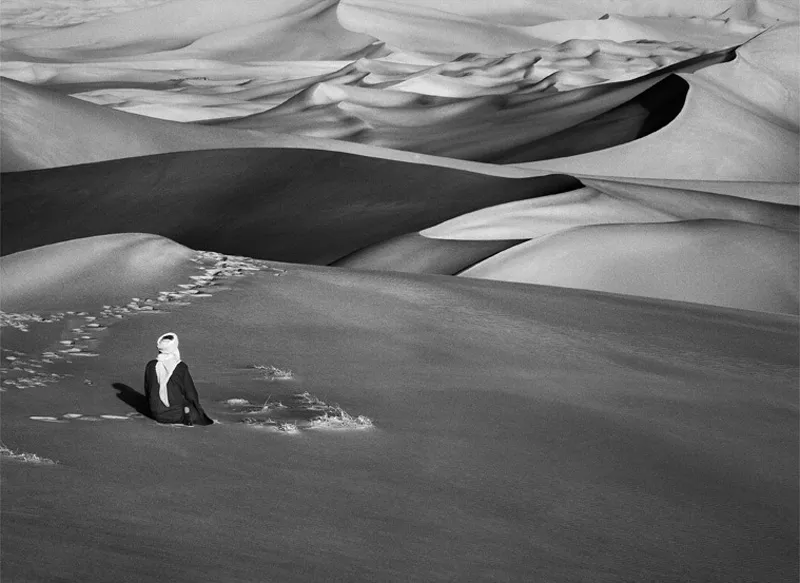
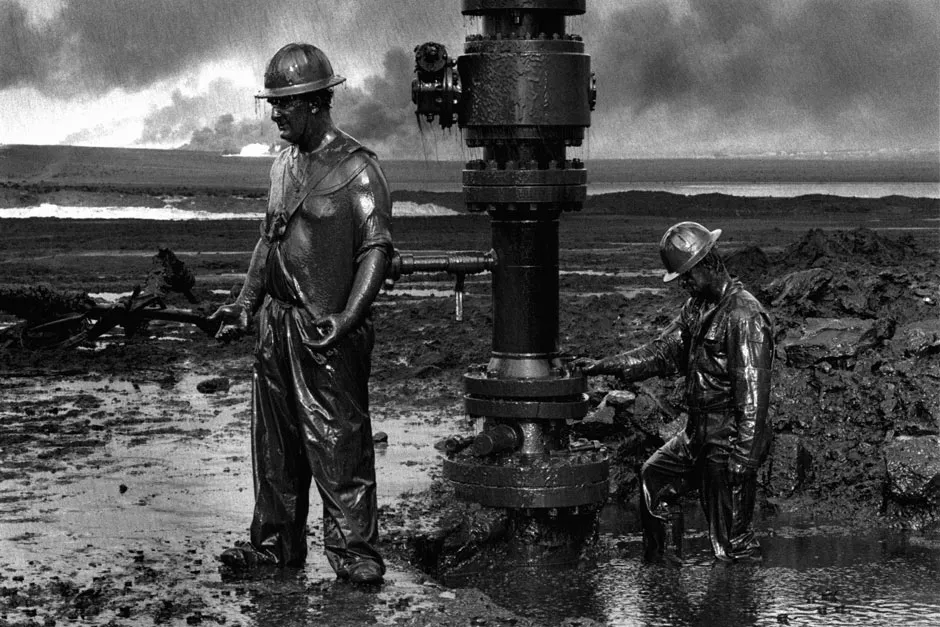


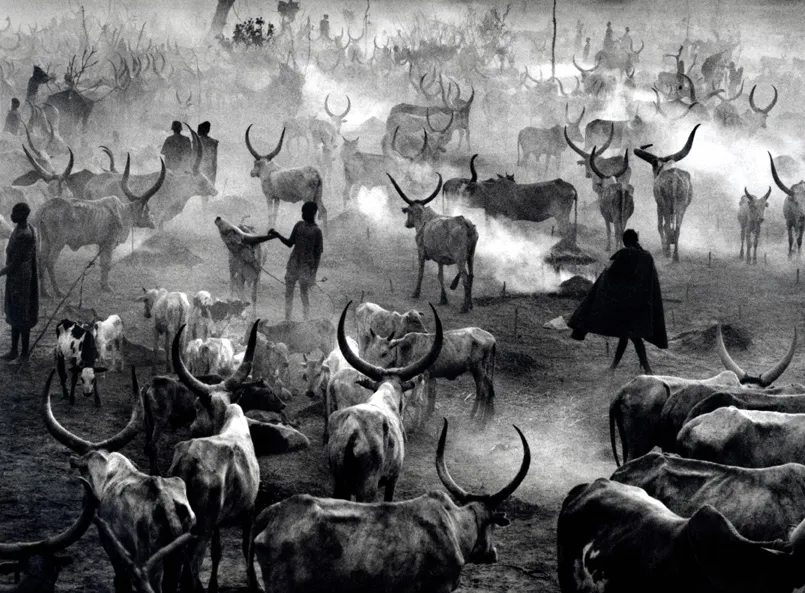
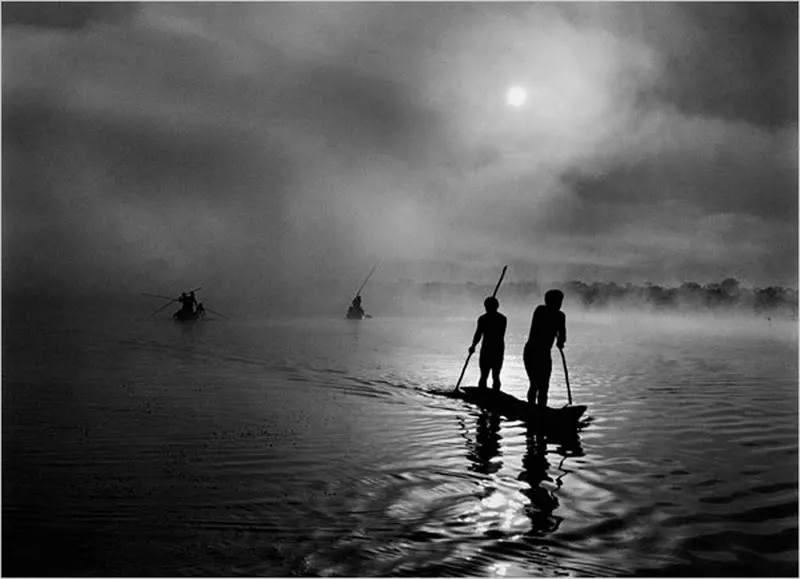
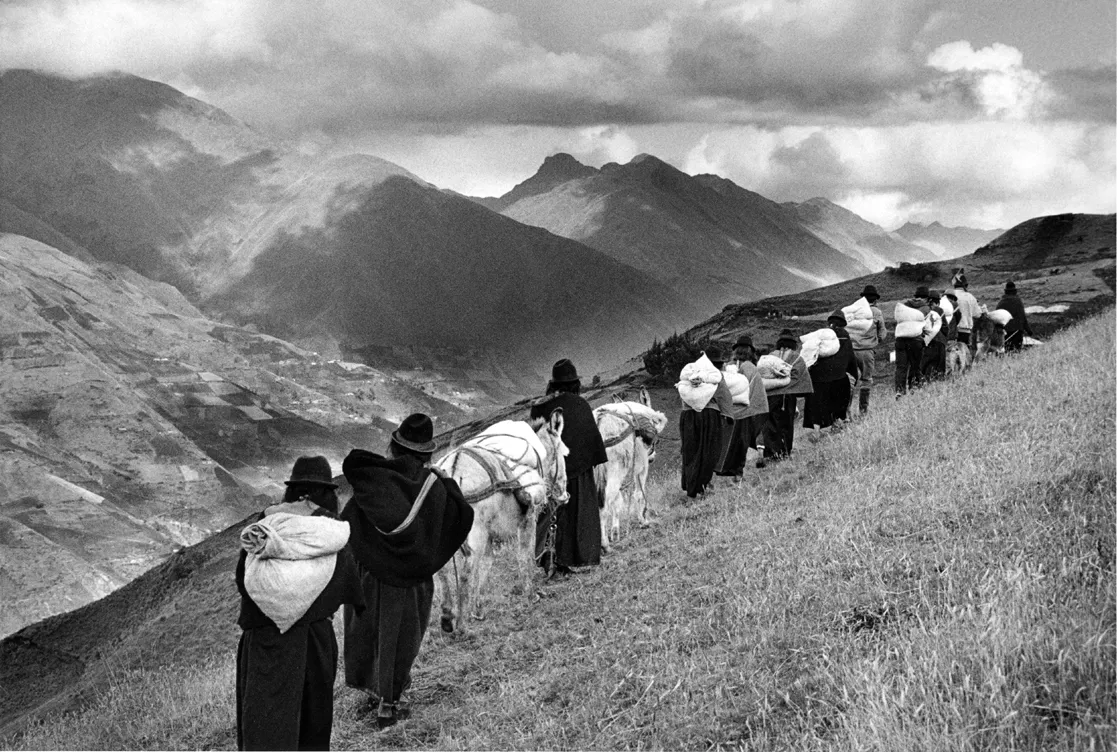
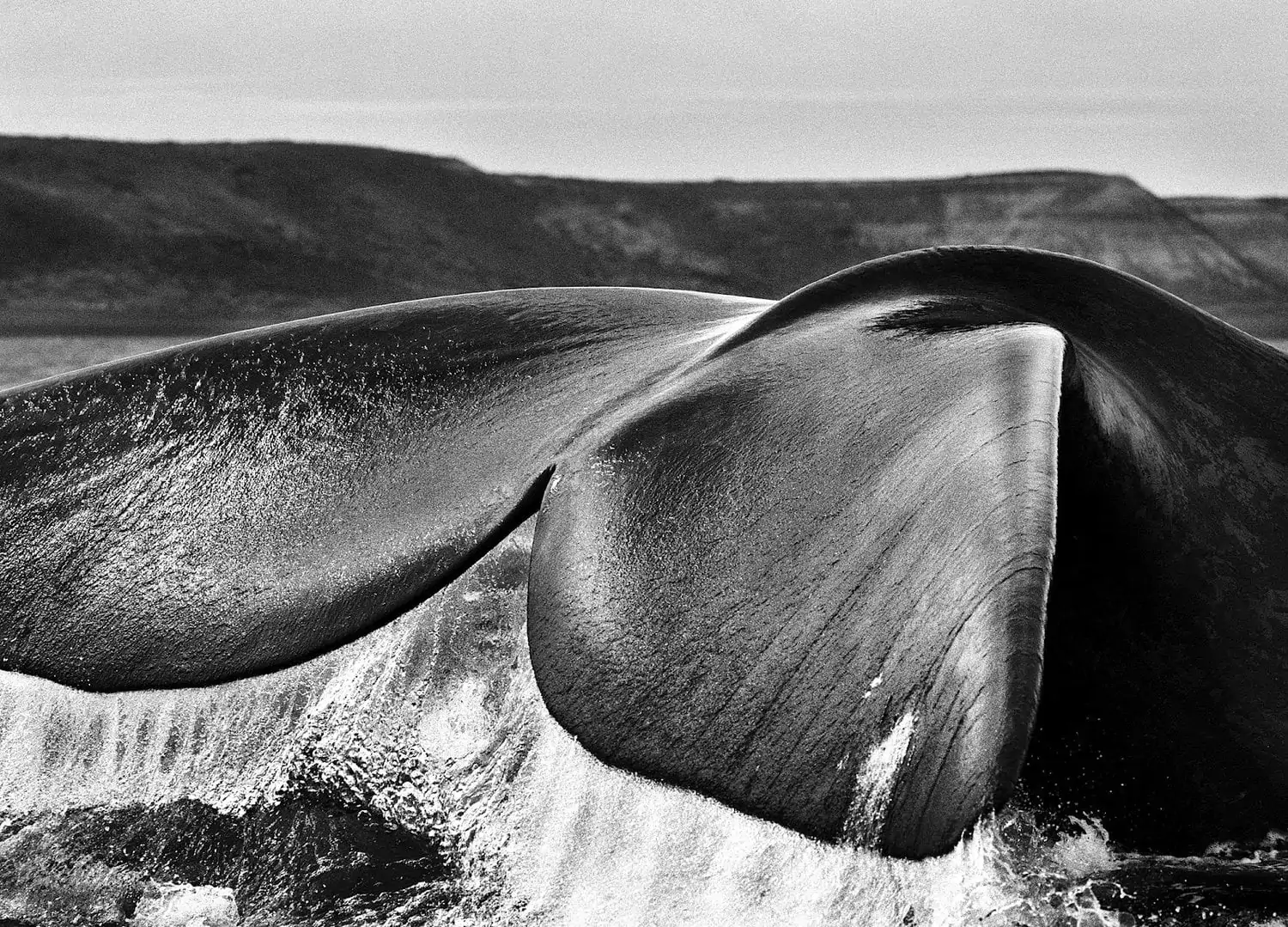
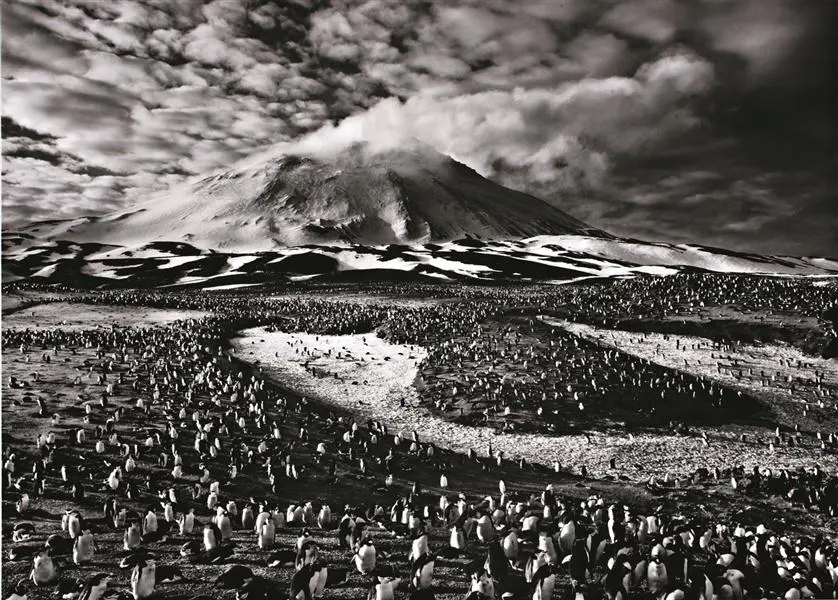
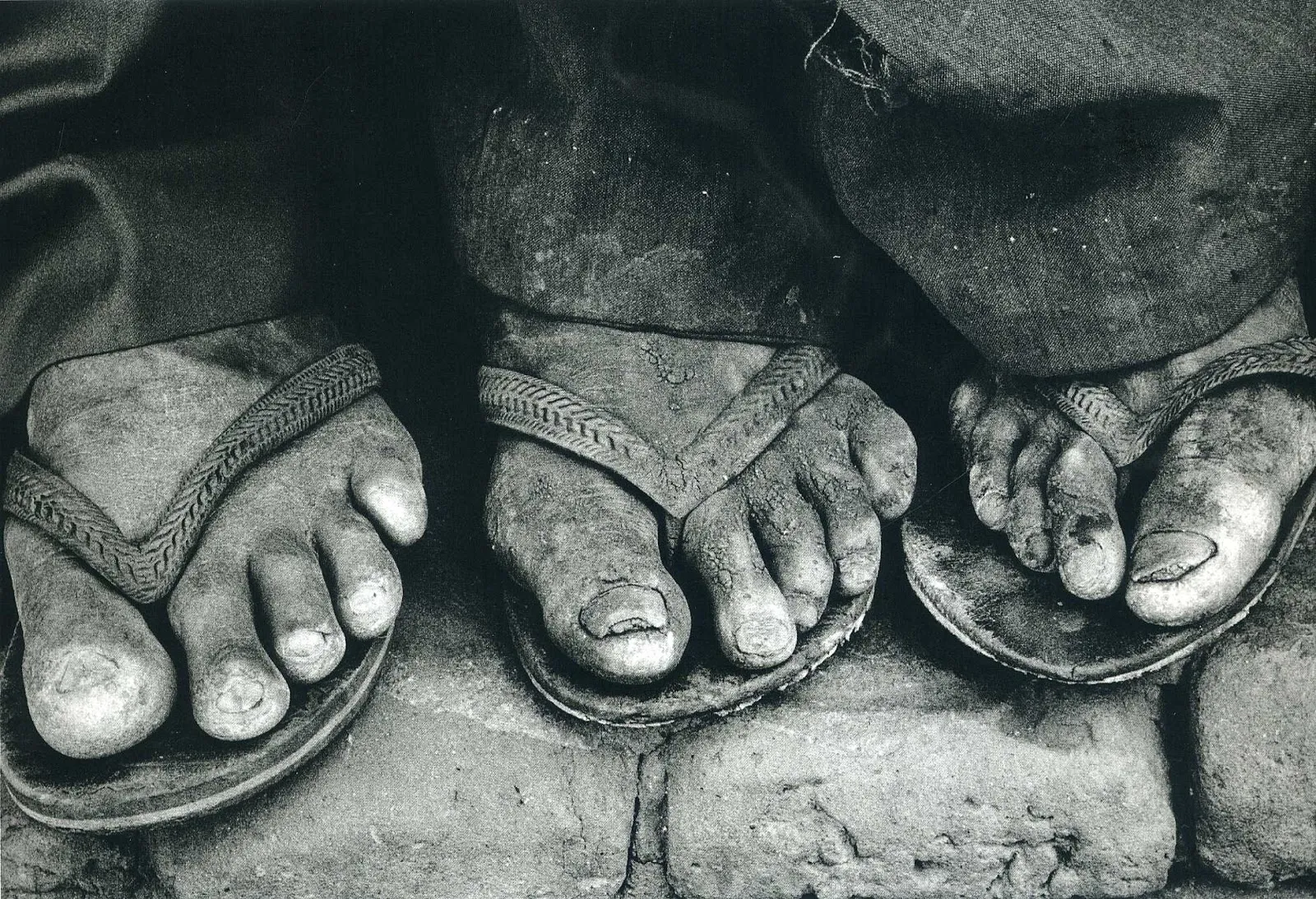
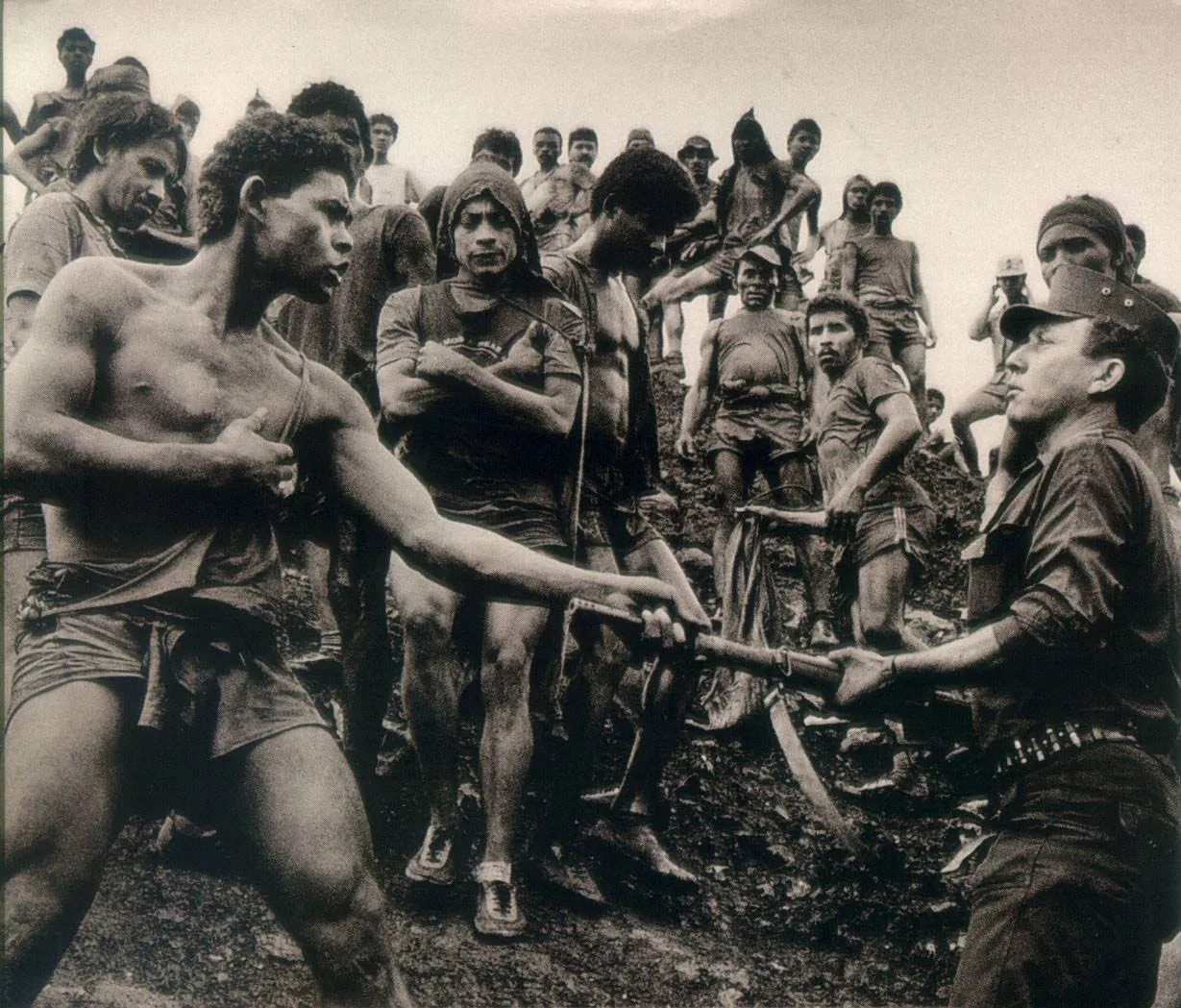
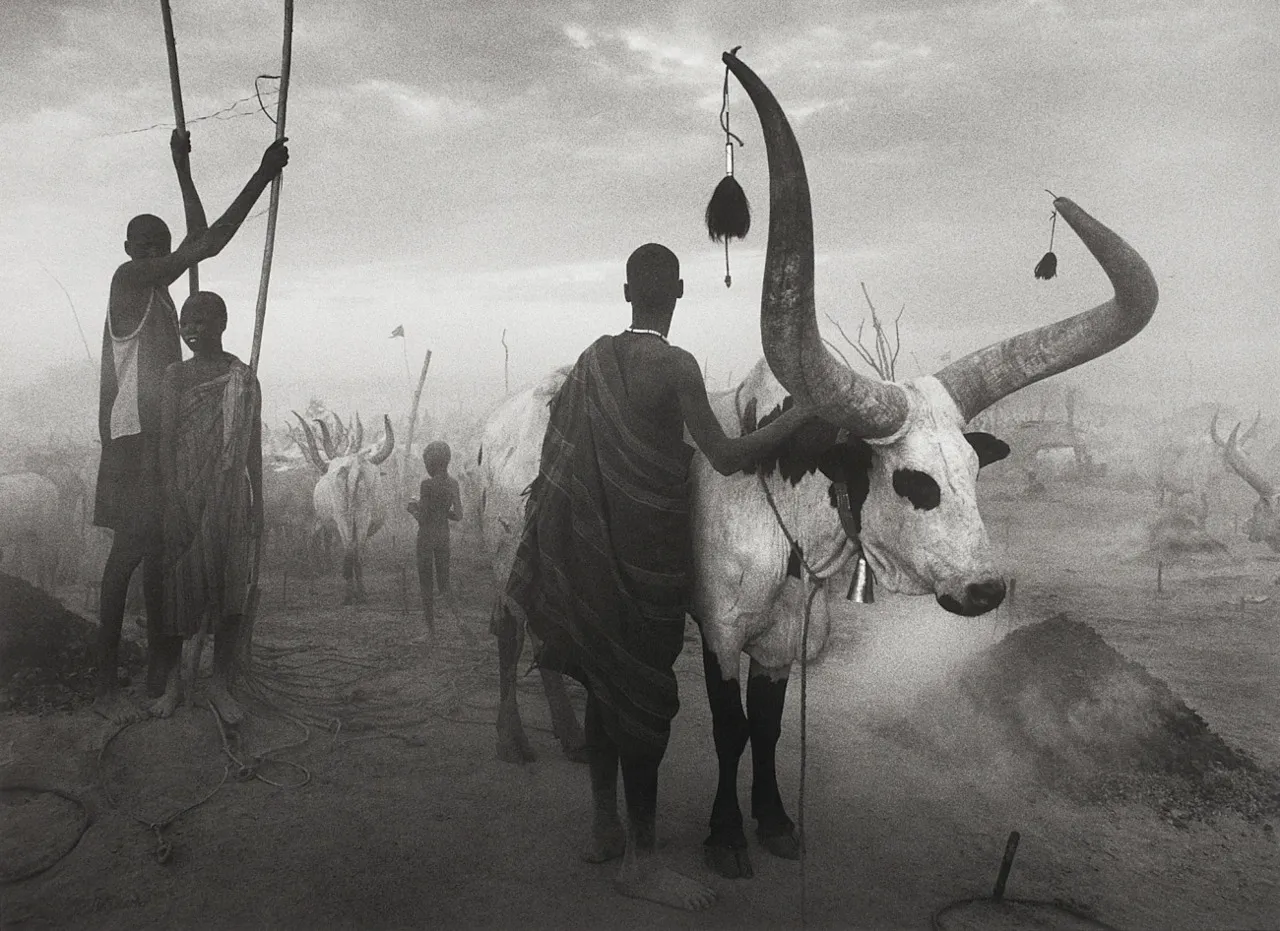
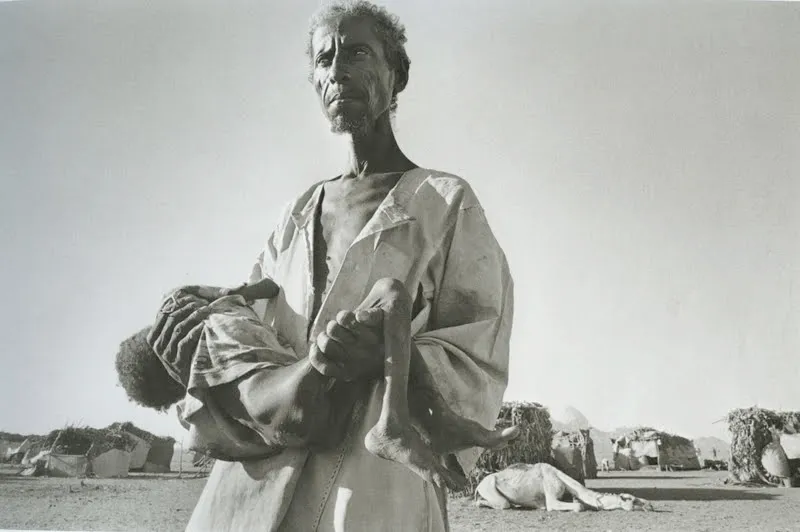
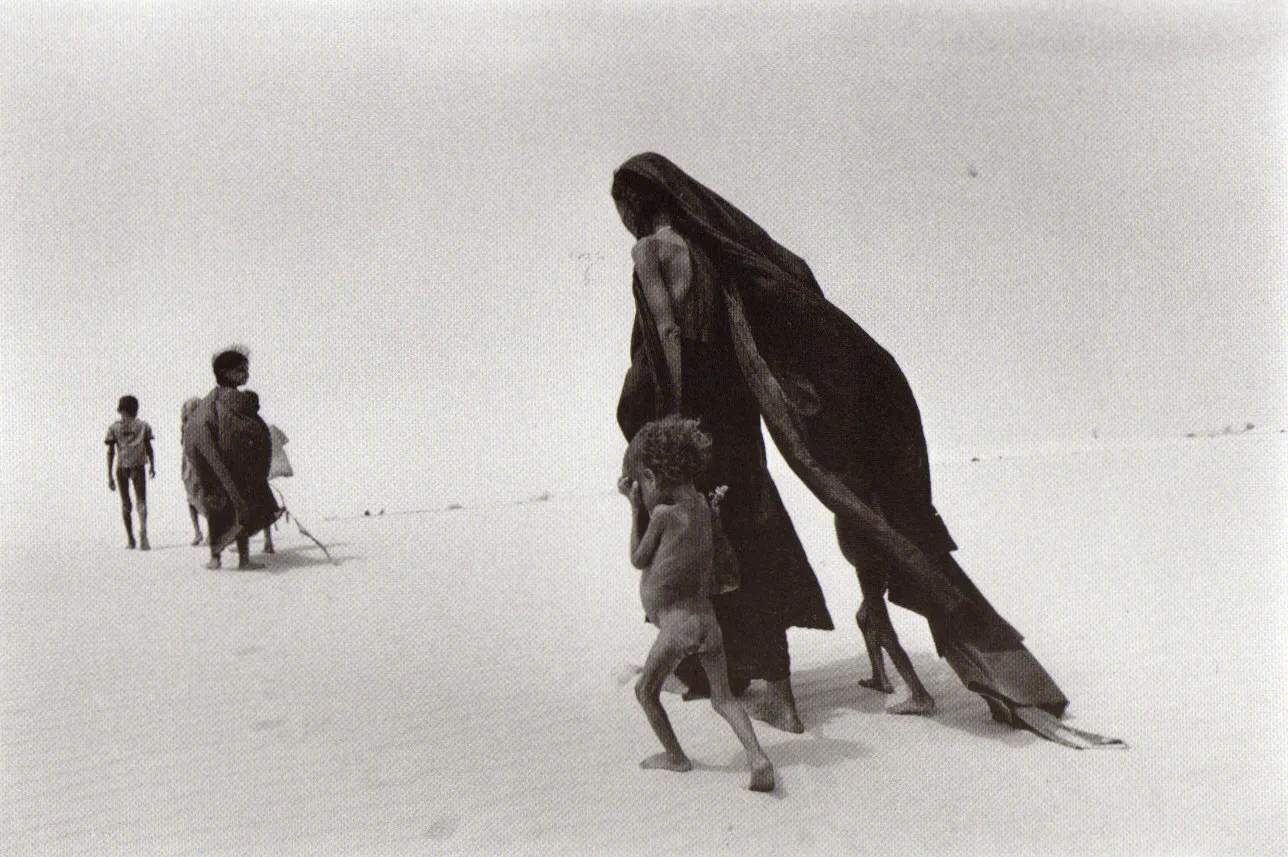
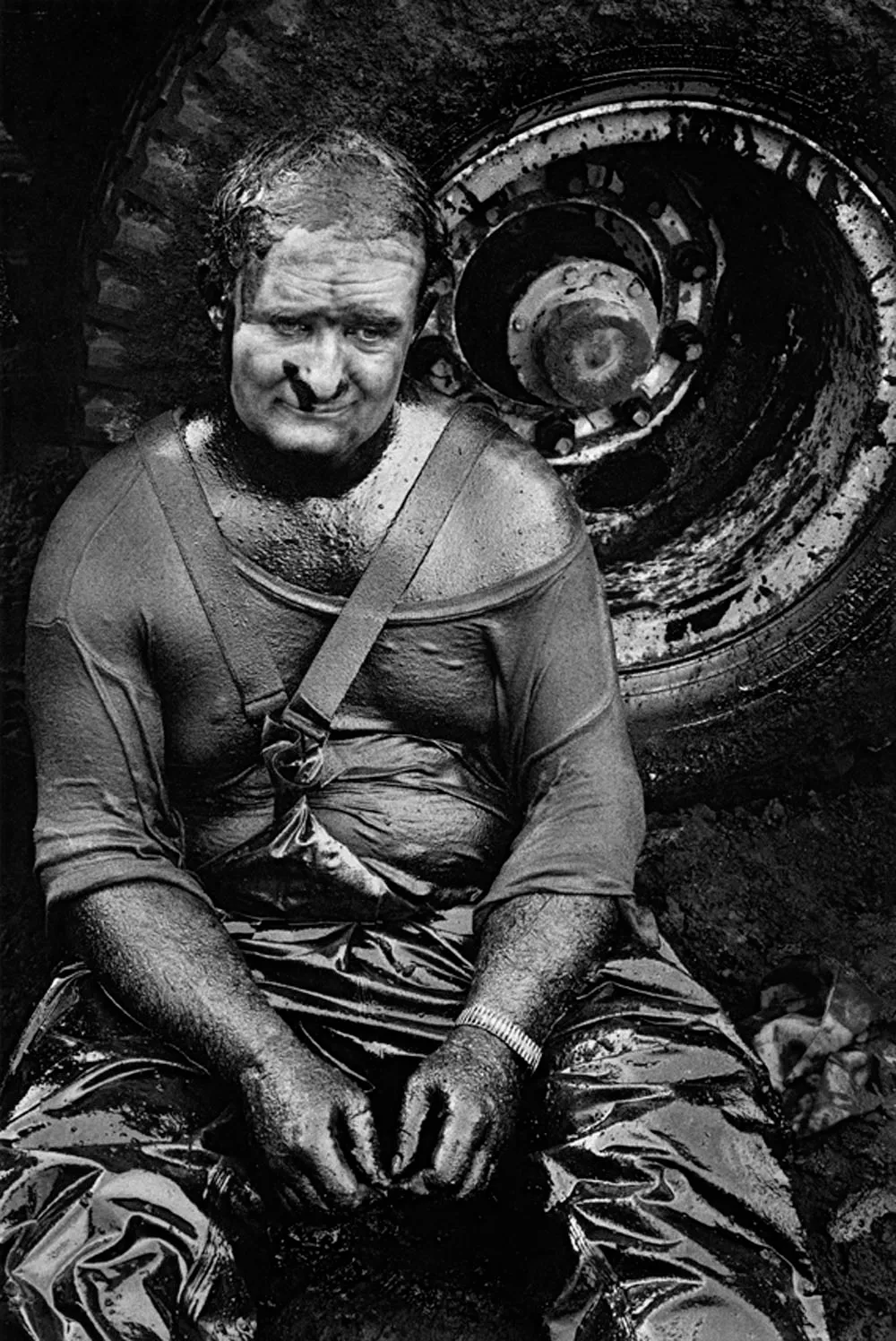
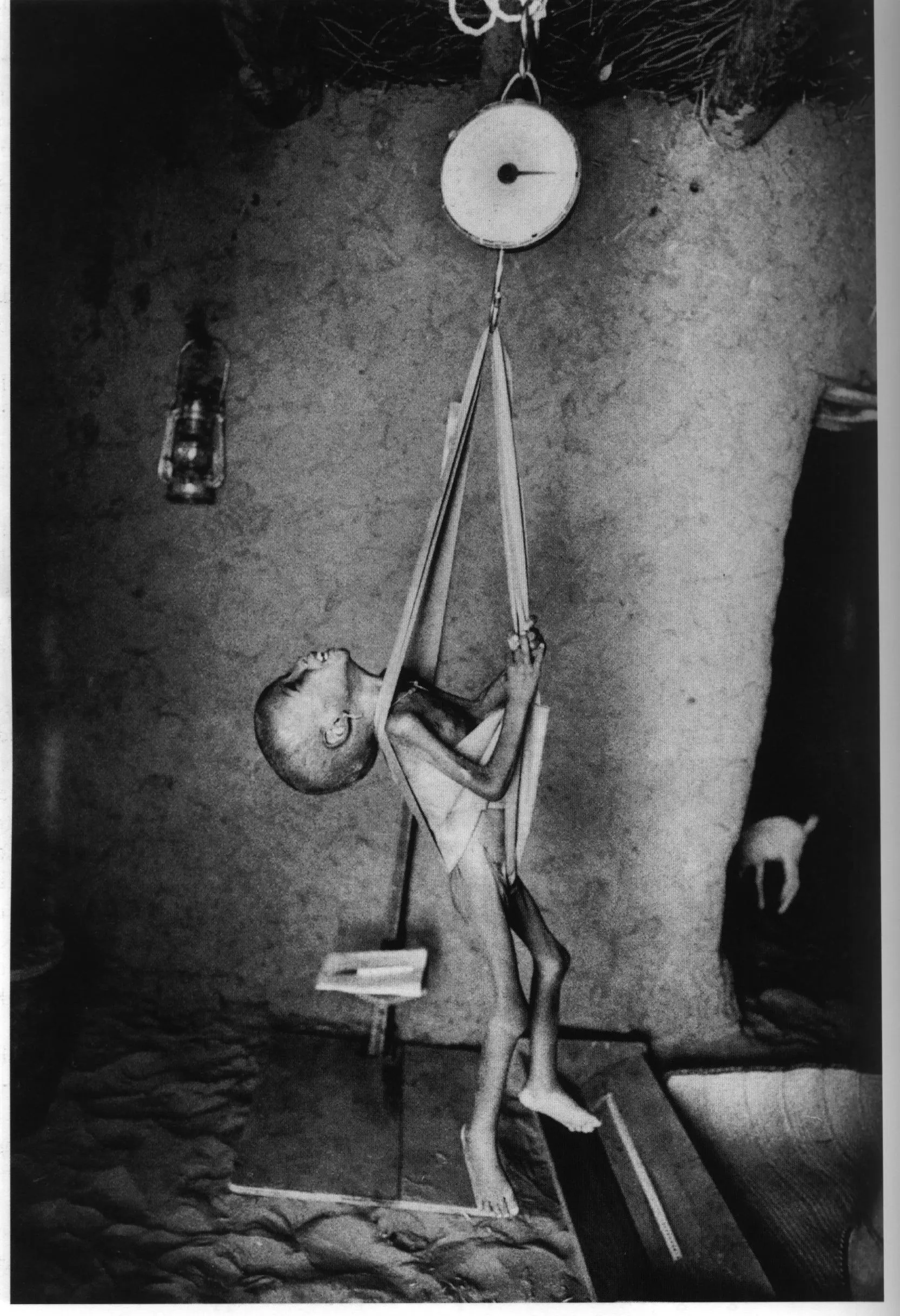
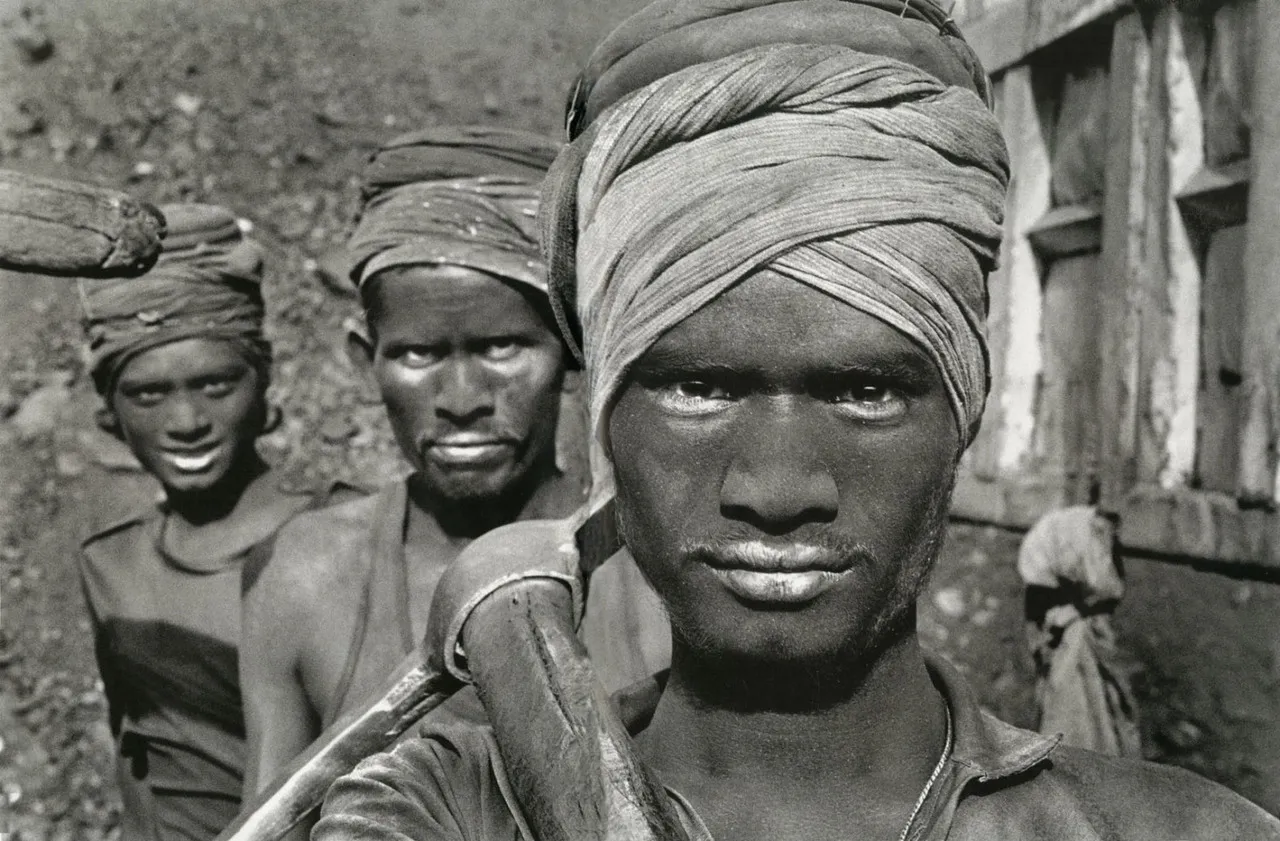

BOOKS BY SEBASTIÃO SALGADO
Sebastião Salgado not only has a very extensive photographic work but also a large number of published books:
- Amazonia (2021)
- Golden (2019)
- Kuwait (2016)
- The Scent of a Dream: Travels in the World of Coffee (2015)
- From my Land to the Planet. (2014)
- Genesis (2013)
- Africa (2007)
- Sahel: The End of the Road (2004)
- Exodus (2000)
- Children (2000)
- The Serra Pelada Gold Mine (1999)
- Earth (1997)
- Workers (1996)
- The Hand of Man (1993)
- Sahel: the end of the road (1986)
- Other Americas (1986)
The following are currently available, their value is the photographs, which we already know are of a universal language, so if there is no Spanish edition of some of them I would not worry too much, you will understand the essential just the same.

Africa: A tribute to the African continent, its people, its history and its wonderful nature. Divided into three parts (South, Great Lakes Area and Sub-Saharan Africa) and in a multilingual edition, it consists of 336 pages. You can get it for €49.99

Amazonia: For six years, Sebastião Salgado visited dozens of indigenous tribes that live in communities scattered throughout the largest tropical forest on the planet and photographed the unparalleled beauty of the region. 528 pages. An impressive work that you can get for €95.00
Children: 90 portraits of the youngest exiles, emigrants and refugees. A series that complements the work of Exodus. 124 pages of multilingual edition. Its price is €37.98
Genesis: In his more than 30 trips, Salgado created a collection of images that show us nature, animals and indigenous peoples with overwhelming beauty. They are collected in this 520-page masterpiece. Italian edition. Its price is €49.99
From my land to Earth: This is not a photobook like the rest, but a book of Sebastião Salgado's memoirs. In Spanish, edited by LA FABRICA, costs N/A
Other Americas: This English edition of "Other Americas" contains images taken between 1977 and 1984 in places like Brazil, Ecuador, Bolivia, Peru, Guatemala or Mexico. The first edition was published in 1986 in France. You can find it on Amazon for €33.15
To finish, I leave you with this video in which Salgado tells his own experience with photography:
I hope you found it interesting and that if you didn't know Sebastião Salgado, he has remained among your references to fill you with both photographic inspiration and environmental awareness ?.

